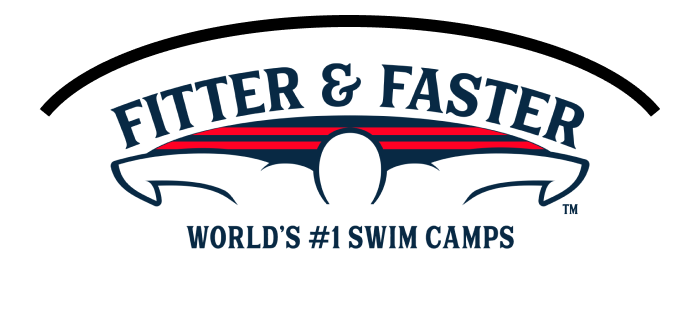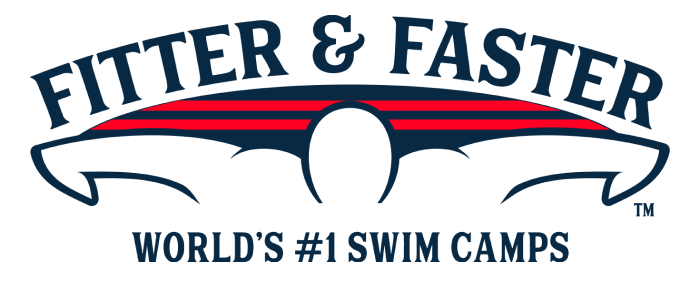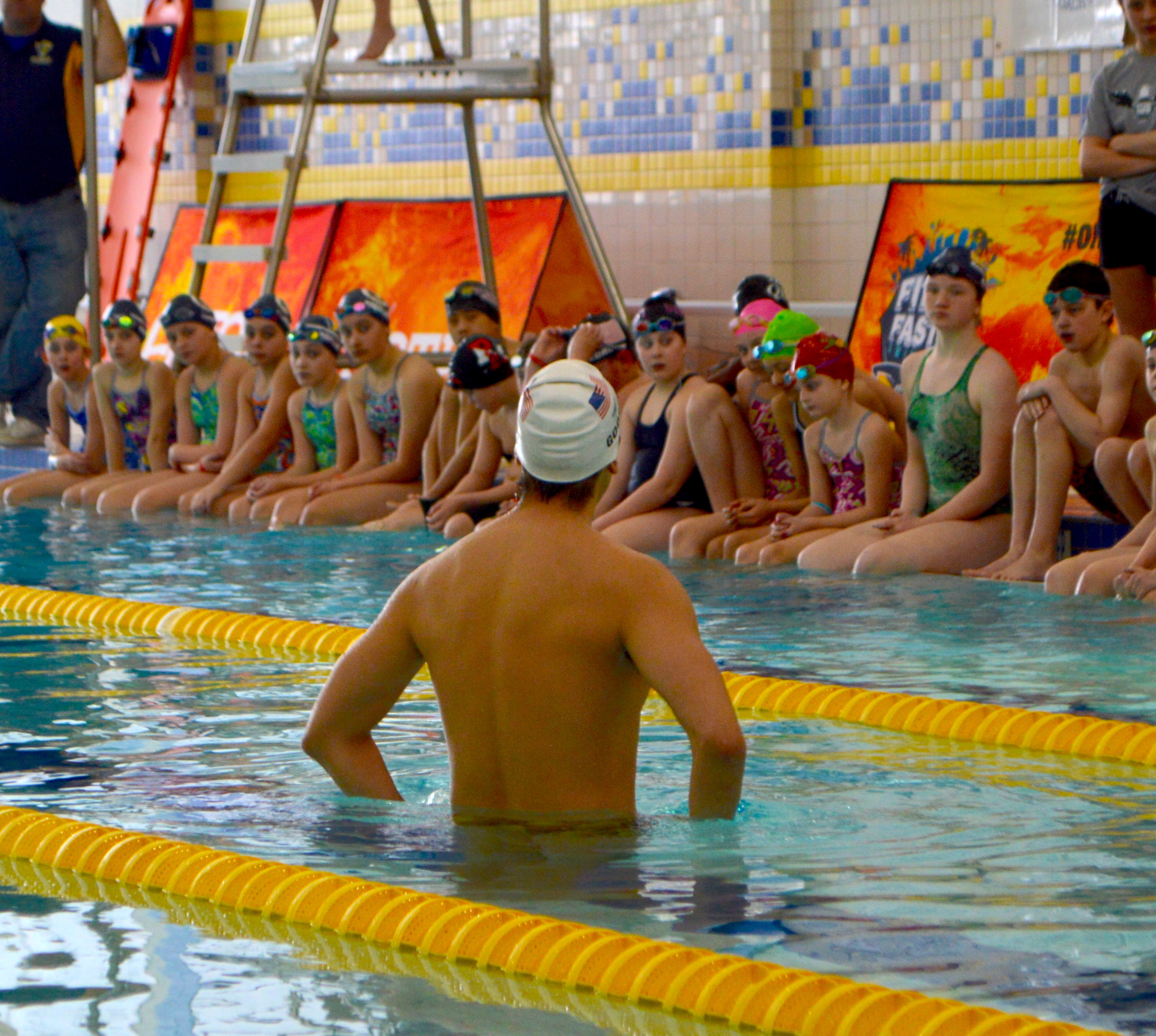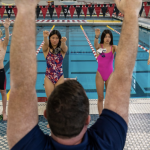Competitive Enrichment Swim Camp (Ages 7 to 9)
George Mason Aquatic and Fitness Center
4520 Patriot Cir,
Fairfax,
VA 22030
- days
- hours
- minutes
- seconds
Introduction
Fitter & Faster is producing a 2-day swim camp for swimmers ages 7 to 9 at the the George Mason Aquatic and Fitness Center in Fairfax, Virginia on October 11 & 12, 2025!
This transformative and engaging camp is designed to help young swimmers build foundational competitive skills, boost their confidence, and foster a lifelong love for swimming.
COMPETITIVE ENRICHMENT SWIM CAMP: FREESTYLE & BACKSTROKE (Ages 7 to 9)
DAY 1 (Saturday, October 11): Freestyle Technique
DAY 2 (Sunday, October 12): Backstroke Technique
🔽 Scroll down for details on the curriculum!
✔️ Availability in each session is limited to 24 participants to ensure the highest level learning experience.
💡 SAVE when you purchase the “Entire Camp Bundle” for your swimmer.
👉 Please click here for the swim camp page for ages 10 to 12.
🕘 SESSION START TIMES FOR BOTH DAYS: Check-in 12:30 PM, Camp 12:45–3:15 PM
Suggested Participants
Our top priority is to provide a world-class learning experience for all participants at all of our camps. This clinic specifically caters to swimmers ages 7 to 10, focusing on developing essential techniques and skills needed for their progression in the sport.
Curriculum
Freestyle and backstroke are a lot alike because they both use body rotation to help you move through the water. That means turning your hips and shoulders as you swim. At this swim camp, you’ll practice both strokes by learning how to keep your body straight, use a strong and steady flutter kick, and move your arms with a high catch. You’ll also explore what makes freestyle and backstroke different, which will help you swim both strokes faster and with better technique.
DAY 1 (Saturday, October 11): Freestyle Technique
Freestyle is the fastest, most efficient, and most widely used stroke in swimming. Because swimmers spend so much time practicing freestyle, it often develops a natural fluidity unmatched by other strokes. However, it also presents the risk of reinforcing bad habits, especially when swimmers are tired . Our elite clinicians will help your swimmer establish strong foundational habits and share strategies for maintaining an efficient stroke, even when pushing themselves in practice.
- BODY POSITION: A strong freestyle starts with an excellent "aquatic line," where the head, torso, hips, and feet align at the surface of the water. This streamlined position reduces resistance, making swimming both easier and faster. Maintaining this alignment is key to an effective and efficient freestyle stroke.
- BODY ROTATION: Proper rotation of the hips and shoulders together is crucial for generating and delivering power to the arms and hands. By incorporating the stronger back muscles into the pull, swimmers can achieve a more powerful stroke. Our clinicians will focus on teaching swimmers to rotate their hips and shoulders in unison, while establishing proper timing with their arm strokes.
- BREATH: A well-timed breath that works together with body rotation is essential to maintaining a strong aquatic line. Instead of lifting the head, which can cause the hips and feet to drop, swimmers should rotate their head at the neck and elevate their chin slightly while breathing. This minimizes unnecessary movements and keeps the body aligned. Our clinicians will work with your swimmer to develop a smooth, efficient breath that complements their stroke.
- KICK: A great flutter kick in freestyle relies on maintaining a small, fast, and consistent motion throughout the stroke. Each leg should function as an individual kick, even though both legs move simultaneously. Many young swimmers struggle with "scissor kicks," where the feet move out to the side during body rotation to stabilize the body. This disrupts the aquatic line, throws off timing, and significantly reduces efficiency and speed. Our clinicians will help your swimmer correct these habits and develop a propulsive, well-timed kick that enhances their freestyle.
Competitive backstroke presents unique challenges for young swimmers. As the only stroke performed on the back, it requires a different approach to body position and movement. Additionally, backstroke lacks a natural glide, with arms and legs in constant motion throughout the stroke. Our expert clinicians will help your swimmer develop greater comfort and efficiency in the water allowing them to swim backstroke both faster and longer.
- BODY POSITION: A great backstroke begins with a steady head aligned with the spine. Comfort on the back is crucial, supported by a tight core and a quick, steady kick. These elements elevate the hips and toes, allowing the swimmer to maintain a straight, streamlined body position on top of the water.
- BODY ROTATION: In backstroke, the hips and shoulders rotate together, enabling the swimmer to position their hand correctly for an efficient catch (the motion of the hand grabbing the water). At the highest point of recovery, the shoulder and hip should be at their maximum rotation. Young swimmers often struggle with body rotation and timing, leading to common mistakes like "crossover," where the hand enters the water behind the head, or placing the hand in the water rather than driving directly into the catch. Our clinicians will teach swimmers proper timing, fast hand entry, and how to engage a powerful catch at the top of their stroke.
- CONTINUOUS ARM MOTION: Backstroke requires continuous, alternating arm motion. A common error is pausing one arm at the waist, resulting in an inefficient "one-arm-at-a-time" stroke. We will help your swimmer master the skill of keeping their arms opposite each other and in constant motion.
- KICKING: Backstroke kicking should emphasize a whip-like, toe-driven motion, similar to kicking a soccer ball. However, being on their back often causes young swimmers to adopt a bicycle-like, knee-focused kick. Our clinicians will work with your swimmer to develop a compact, efficient, and propulsive kick that enhances their backstroke technique.
- LANE POSITION AND WALL APPROACH: With their head steady and eyes focused upward, many young swimmers struggle to maintain a straight lane position or confidently approach the wall. Our elite clinicians will share techniques to use visual cues, allowing swimmers to stay straight and accurately gauge the wall without turning or moving their head.
ASK QUESTIONS
Swimmers and parents are invited to ask the clinicians questions during a Q&A session. Gain insight into their training regimen, diet and nutrition, and recovery tactics.
WATCH THE CLINICIANS
Observe clinicians swim at full speed and demonstrate a progression of perfectly executed drills to achieve powerful, efficient and fast swimming.
PUT YOUR SKILLS TO THE TEST
Throughout the camp, swimmers will practice what they've learned with some of the world's most elite Swimmer Clinicians and coaches!
Take a photo, get autographs, and chat with your clinicians!
Inquisitive, Educated Swimmers are Faster Swimmers! Sign up today!


